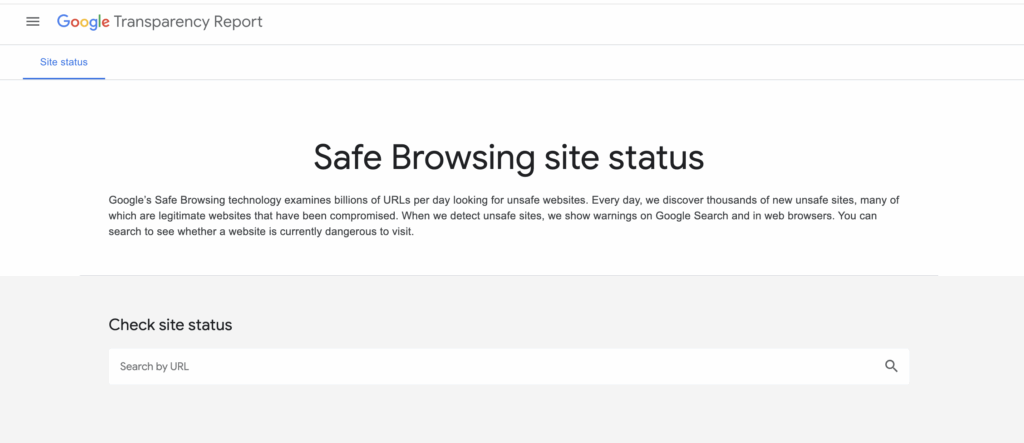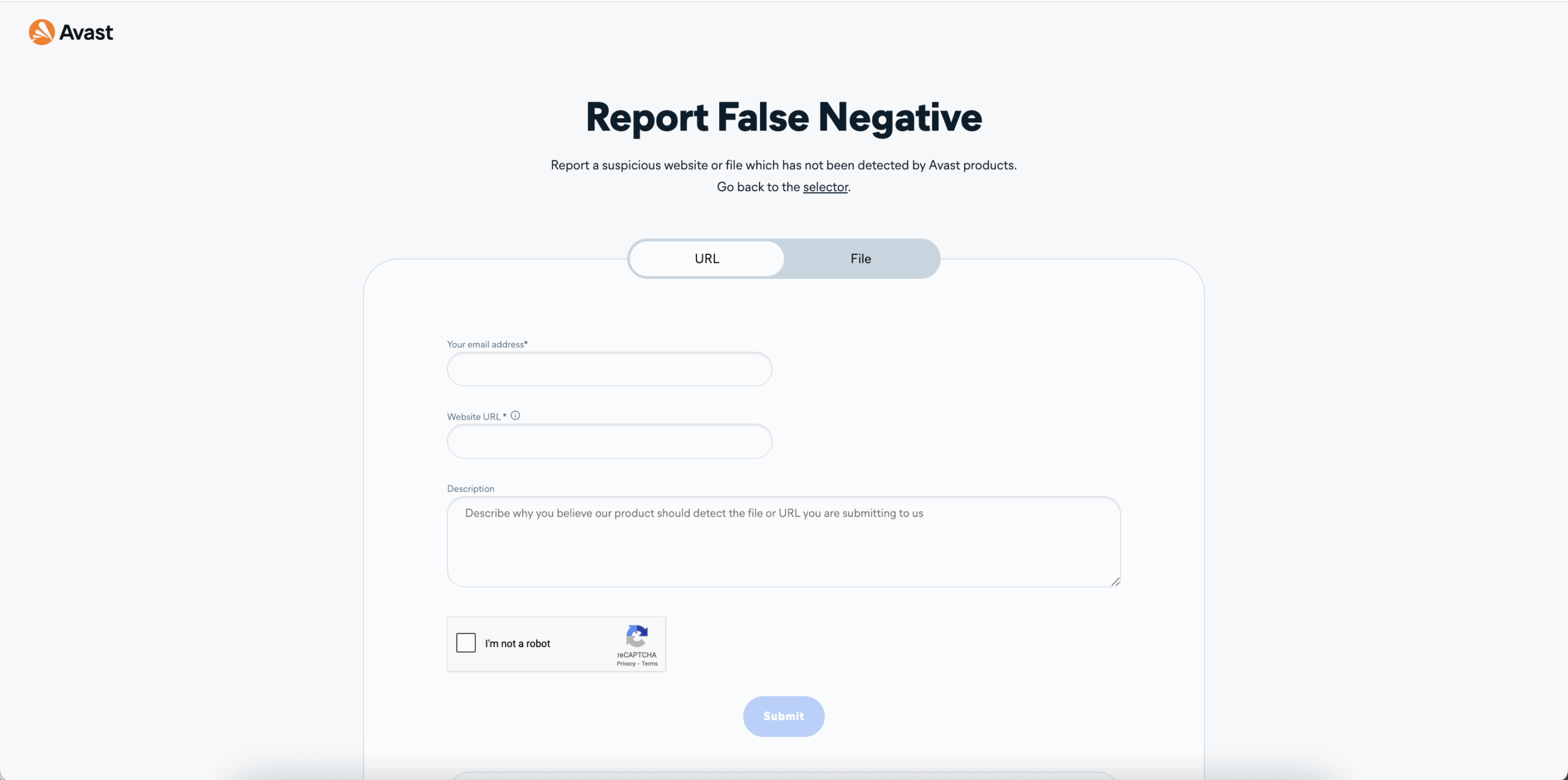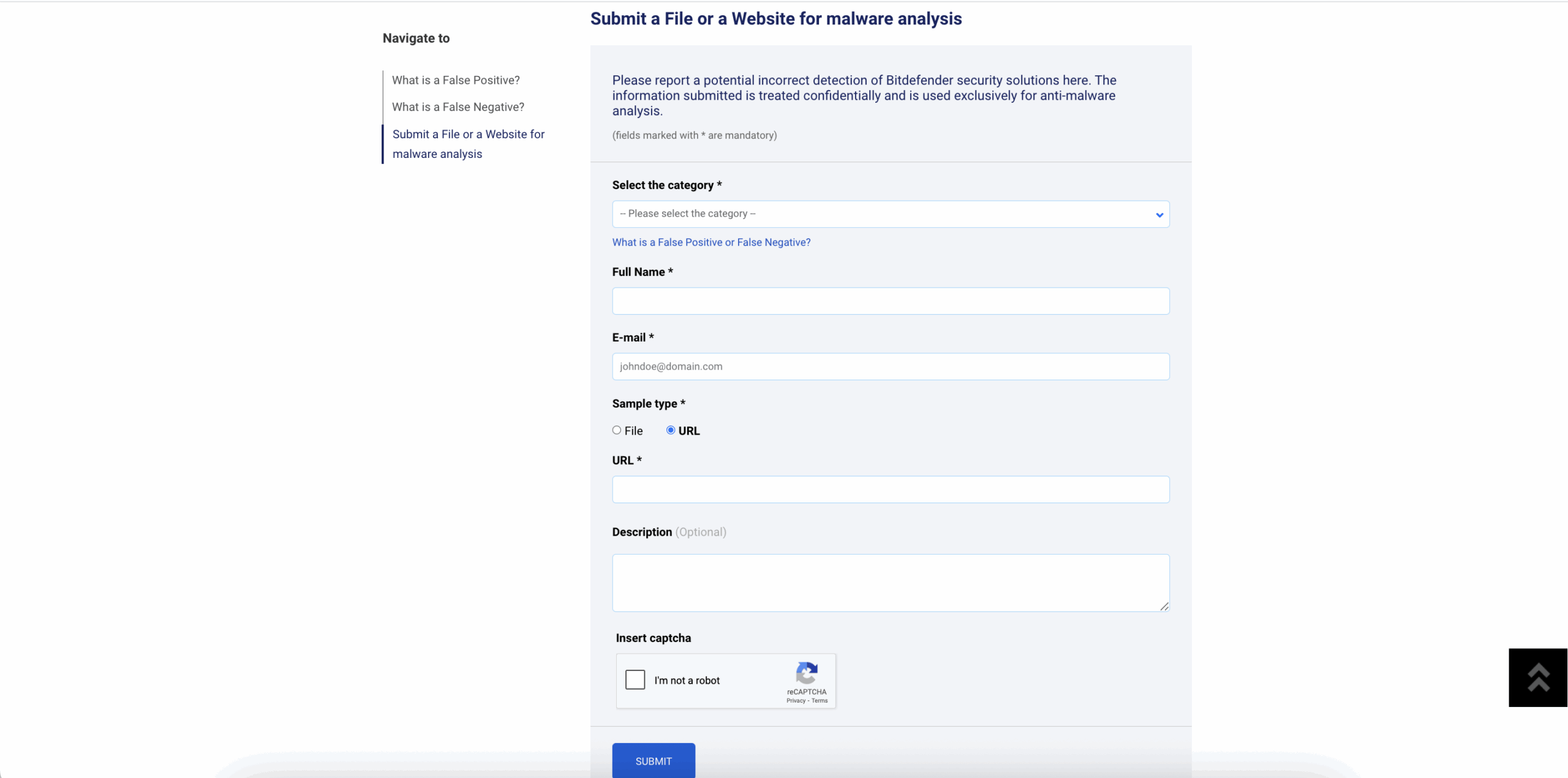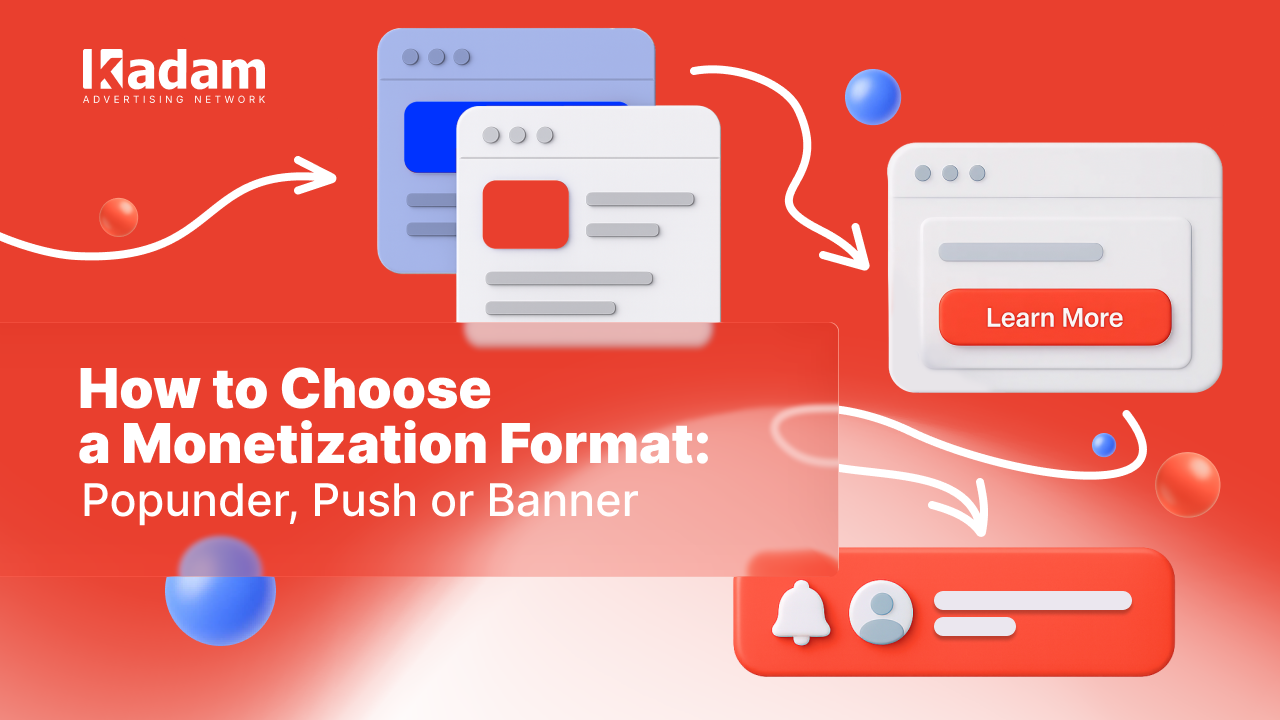
7 Steps to Improve Domain Reputation and Minimize Antivirus Detections
Domain reputation has a direct impact on advertising performance. Learn how to protect your domain from antivirus and search engine blocks.
28 Jul 2025
Domain reputation has a direct impact on advertising performance. Learn how to protect your domain from antivirus and search engine blocks.
Working with domains requires not only technical accuracy, but also a strategic approach. False detections from antivirus tools and search engines can harm your business. This guide will show you how to build a reliable domain management process, focusing on detection removal and minimizing risks in the future.
Solid Foundation
For successful campaigns, it’s essential to properly prepare your domains from the start. Here are the key aspects to focus on:
Choosing the right domain
| Factor | Best Practice | Avoid |
|---|---|---|
| History | Choose domains with a clean and positive history | Freshly registered domains have zero reputation and, combined with poor IP reputation or neighboring domains, are more likely to be flagged |
| TLD zone | Prefer: .com, .net, .org | Cheap zones like .xyz, .icu, .top often have poor reputations |
| Domain name | Use meaningful, readable names | Names like jh27dlw.top resemble DGA patterns, lowering reputation and increasing detection risks |
Connect Google Search Console (GSC)
This is the first and most important step when working with domains. Google warnings can quickly trigger antivirus detections and blacklistings.
Statuses in Google Transparency Report:
- 🟢 Green – domain is safe
- 🟡 Yellow – one or more unsafe pages detected
- 🔴 Red – the entire domain is unsafe (this status causes the red browser warning)
Using GSC signals to Google that the domain has an active, legitimate owner. This increases trust and lets you:
- Get notifications about status changes (yellow/red)
- Submit the domain for reconsideration
- Check the indexing status of your site

IP reputation
Detections may apply not only to the domain, but also to its IP address.
- Use hosting with a clean IP reputation (check IPs before launch)
- Cloudflare helps reduce detection risks, especially with multiple domains, but always check the IP addresses it assigns
Homepage content
Automated systems and human moderators pay attention to the domain’s homepage. Make sure it:
- Isn’t blank or showing default hosting pages
- Contains:
- A brief project description (e.g., “Tracking domain for…”)
- Privacy Policy, Terms of Service
- Contact information
Redirect hygiene
Carefully inspect the full redirect chain. Use tools like:
Make sure that every final URL in the redirect chain is clean.
Monitoring
Even a well-prepared domain can get flagged. Regular monitoring helps you react quickly. Use the following tools:
| Tool | Description |
|---|---|
| 🔗 VirusTotal | Core detection tool with dozens of AV vendors. Offers a free API for automation |
| 🔗 Google Safe Browsing | Displays Google status: red, yellow, or green. Even yellow can attract further detections |
| 🔗 Yandex Safe Browsing 🔗 Safe Browsing Checker | A trusted system. When flagged, it often triggers detections from other vendors. Removal from YSB is required before others |
| Manual AV tools | Some antiviruses (Avast, Norton, McAfee, Windows Defender) offer URL check forms via browser extensions. These results may not appear in VirusTotal |
| 🔗 Avast at Chrome web store | Avast extension for Chrome |
| 🔗 McAfee at Chrome web store | McAfee extension for Chrome |
| 🔗 Norton at Chrome web store | Norton extension for Chrome |
| 🔗 Microsoft Defender at Chrome web store | Microsoft Defender extension for Chrome |
✅ Always check all domains involved in redirect chains, not just the root.

Reaction
What to do if your domain is flagged?
- Never abandon detected domains. Even flagged ones can (and should) be cleaned via False Positive Report forms.
- If you skip cleaning old domains, new ones will get flagged more easily due to behavioral patterns and shared infrastructure.
Where to report?
- Go to the antivirus vendor’s website
- Use their false positive form
- Submit:
- Your domain URL
- A short description of the domain’s purpose
- Make sure there’s no harmful content
If multiple detections exist, follow this sequence:
- Start with Google Safe Browsing, this one affects the rest. You won’t be able to dispute other detections until GSB is cleared.
- Next, clear Yandex Safe Browsing, another highly authoritative signal for other vendors.
- Then move on to major antivirus tools: Kaspersky, ESET, G-Data, etc.
- Finish by reporting to minor vendors, many follow the decisions of the larger players.
Examples of antivirus dispute forms
| Antivirus | Link |
|---|---|
| Avast | www.avast.com/report-false-negative |
| Norton | www.safeweb.norton.com |
| Bitdefender | www.bitdefender.com/submit/ |
| McAfee | www.mcafee.com/consumer-support/dispute-detection-allowlisting |
| Kaspersky | www.opentip.kaspersky.com www.support.kaspersky.com/contacts |
| Confiant | support@confiant.com |
| Sucuri | www.sucuri.net/company/contact-us/ |
| Antiy-AVL | submit@antiy.com |
| ESET | samples@eset.com www.phishing.eset.com/en-us/remove |
| Fortinet | www.fortiguard.com/faq/wfratingsubmit |
| CRDF | www.threatcenter.crdf.fr/false_positive |
| alphaMountain.ai | www.alphamountain.ai/contact |
| CyRadar | www.cyradar.com/contact |
| Seclookup | www.seclookup.freshdesk.com/support/tickets/new |
| Avira | www.avira.com/en/analysis/submit-url |
| G-Data | b2b-support@gdata.co.uk |
| VIPRE | www.helpdesk.vipre.com/hc/en-us/requests/new |
| Bfore.Ai | www.bfore.ai/support |
| Lionic | www.lionic.com/reportfp |
| Webroot | www.brightcloud.com/tools/url-ip-lookup |
| Sophos | not-spam@labs.sophos.com |
Form examples:


Conclusion
Effective domain reputation management is a continuous process. It requires:
- Careful preparation
- Constant monitoring
- Prompt reaction to issues
By following the steps in this guide, you’ll reduce blocks, save resources, and ensure long-term campaign stability and success.








